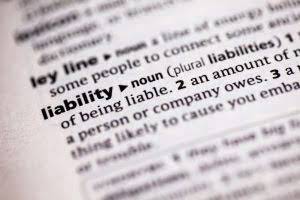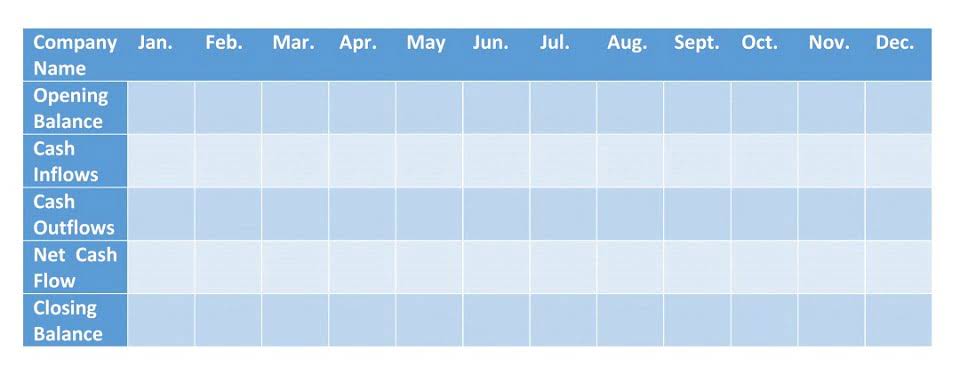
Using the above information the contribution margin per unit is $14 (the selling price of $20 minus the variable manufacturing costs of $4 and variable SG&A expenses of $2). Therefore, the contribution margin ratio is 70% (the contribution margin per unit of $14 divided by the selling price of $20). Once the $31,000 has been covered, 70% of the revenues will flow to the company’s net income. To understand the CM Ratio, it is important to distinguish between fixed and variable costs. Variable costs are expenses that fluctuate directly with the volume of goods or services produced, such as raw materials, direct labor tied to production, and sales commissions.
How to improve contribution margin
- To increase your contribution margin, consider moving beyond basic price hikes, and start building pricing systems that reflect real user behavior, value perception, and business dynamics.
- In particular, it can be used to estimate the decline in profits if sales drop, and so is a standard tool in the formulation of budgets.
- Increasing your revenue doesn’t necessarily mean raising selling prices, although it can.
- Let us try to understand the concept with a contribution margin example.
- Yes, it means there is more money left over after paying variable costs for paying fixed costs and eventually contributing to profits.
- That allows you to price promotions so that they help you reach your profitability goals.
This means that for every $100 earned, $40 remains after direct costs. That $40 must cover your fixed costs, like rent, salaries, insurance, and what’s left after that is profit. At the point of an organization choosing the cost of selling its item, contribution margin is usually utilized as a viewpoint for analysis. Fixed expenses normally take a major market share –so, the overall revenue should be as per the needs to keep the expenses of a business functioning. A negative or less CM demonstrates an item offering or business might not be beneficial, so it isn’t smart to produce the item at its present sales value. DelegateCFO helps you break down costs, review pricing strategies, analyze product lines, and uncover ways to improve your margin and profitability.
- If the total contribution margin is less than the fixed costs, the business will show a loss.
- Take your learning and productivity to the next level with our Premium Templates.
- Another common example of a fixed cost is the rent paid for a business space.
- Using the CMR, this bagel shop business owner can now see that 45% of every dollar of sales is available to cover fixed costs and generate profit.
- She is a former CFO for fast-growing tech companies with Deloitte audit experience.
Can I use the contribution margin ratio to make hiring or expansion decisions?
That mistake translates to 60 hours of unnecessary labor expenses. By eliminating that wasteful spending, you can improve CMR by a great amount. Use tools like the Debt-to-Equity Ratio Calculator to analyze and balance your expenses.
What is a good contribution margin?

One https://tokowallpapergarut.com/what-is-annual-income-how-is-it-calculated/ packet of whole wheat bread requires $2 worth of raw material. The electricity expenses of using ovens for baking a packet of bread turns out to be $1. Managerial accountants also use the contribution margin ratio to calculate break-even points in the break-even analysis.

Calculating the contribution margin for each product is one solution to business and accounting problems arising from not doing enough financial analysis. Calculating your contribution margin helps you find valuable business solutions through decision-support analysis. For League Recreation’s Product A, a premium baseball, the selling price per unit is $8.00. A user of the contribution margin ratio should be aware of the following issue. This ratio does not account for the impact of a product on the bottleneck operation of a company.
Weighted Average Contribution Margin Example
This percentage represents the portion of each sales dollar that contributes to covering fixed costs and generating profit. The Indirect Costs are the costs that cannot be directly linked to the production. However, such costs are necessary for your business to operate.
Also, it is important to calculate the contribution margin to know the price at which you need to sell your goods and services to earn profits. In the Dobson Books Company example, the total variable costs of selling $200,000 worth of books were $80,000. Remember, the per-unit variable cost of producing a single unit of your product in a particular production schedule remains constant. The contribution margin measures how efficiently gym bookkeeping a company can produce products and maintain low levels of variable costs. It is considered a managerial ratio because companies rarely report margins to the public.

Another common example of a fixed cost is the rent paid for a cm ratio business space. A store owner will pay a fixed monthly cost for the store space regardless of how many goods are sold. Out of these fixed expenses, 50% were manufacturing and remaining 50% were related to marketing and administrative activities. Meg Burnton is the Product Manager for Scheduler & Attendance at When I Work, where she has spent six years shaping tools that make scheduling and time tracking easier for businesses. She started in Customer Success, gaining firsthand insight into how teams use When I Work to streamline operations. That experience fueled her passion for building solutions that solve real scheduling challenges, leading her to product management.